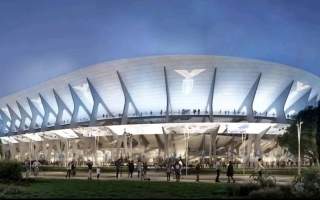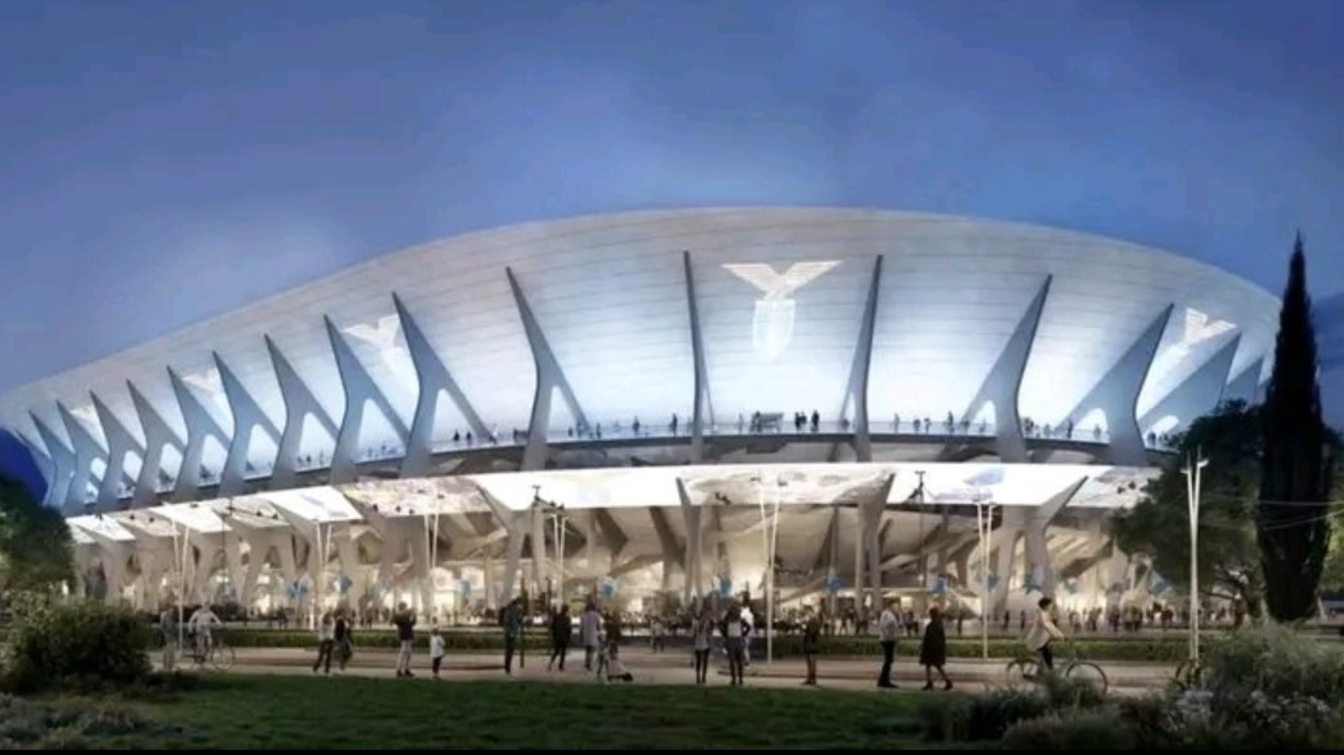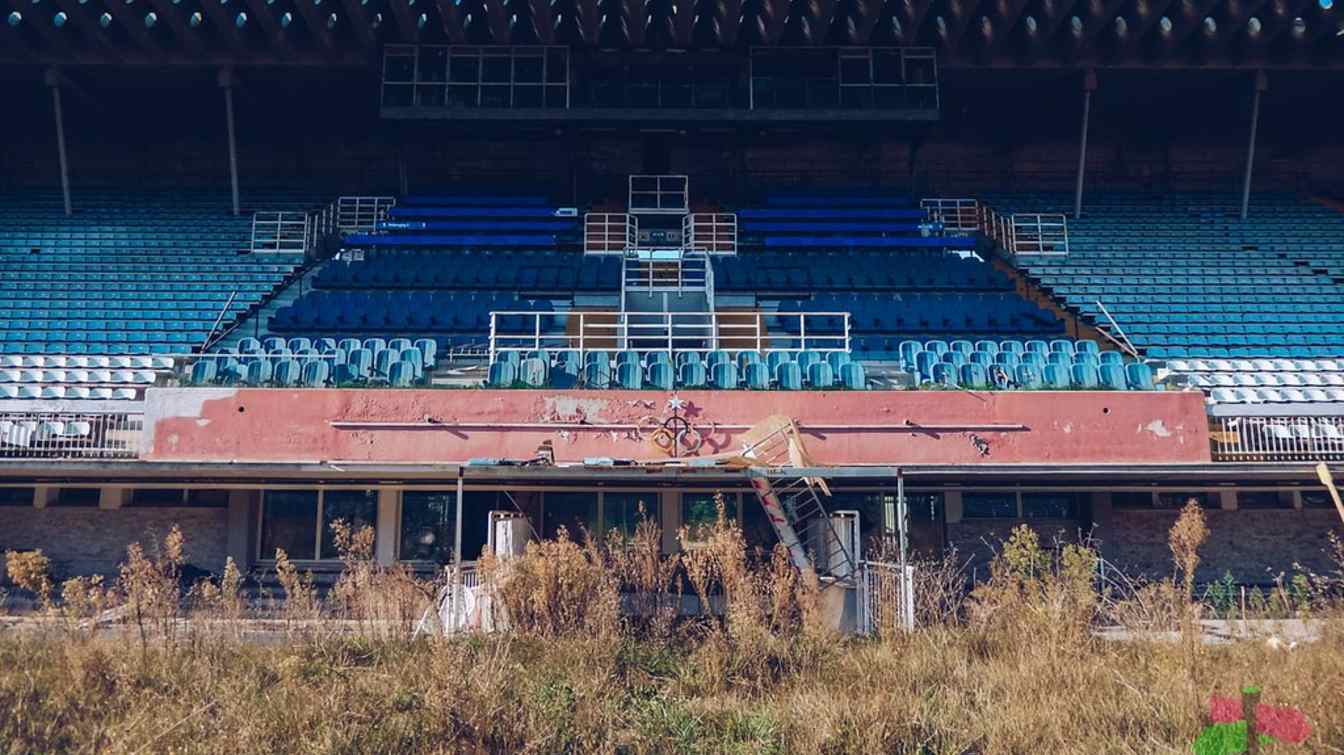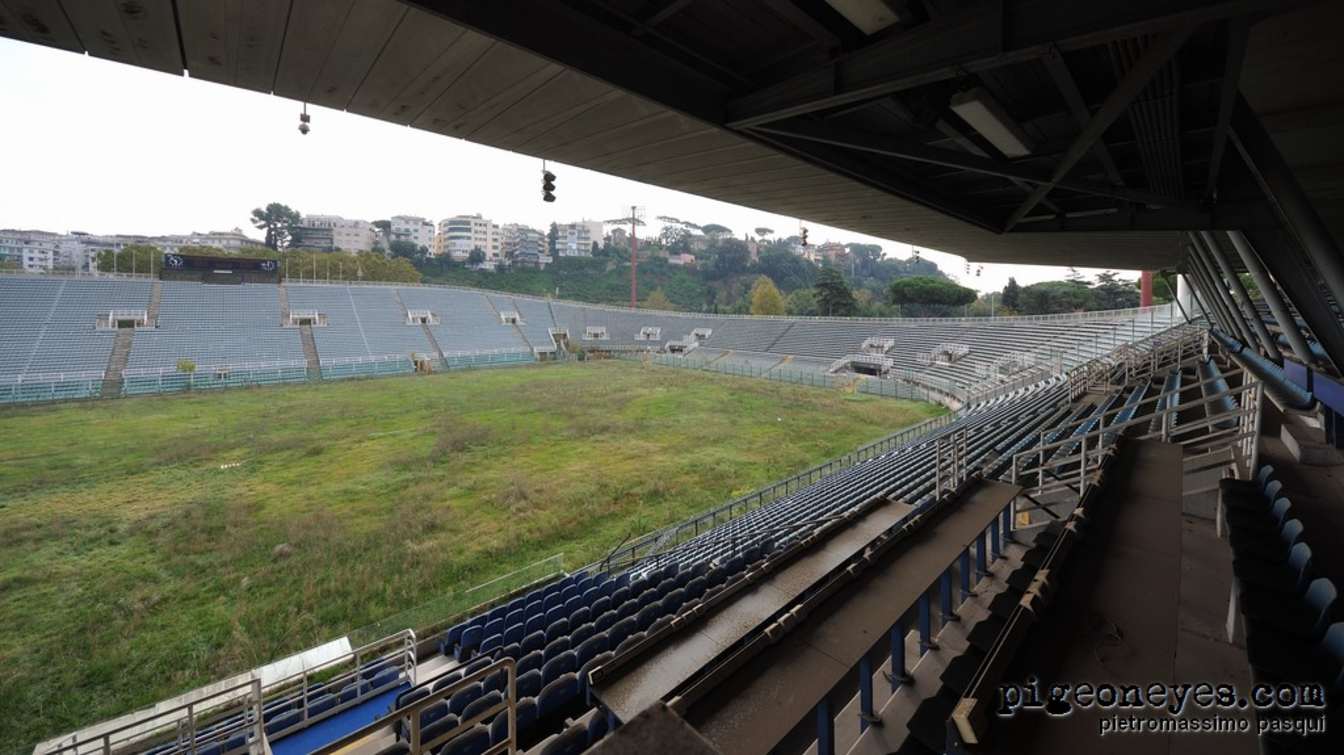Italy: Lazio’s Stadio Flaminio project under heavy criticism
source: StadiumDB.com; author: Paulina Skóra
 “It’s a mistake.” That’s how Giovanni Caudo, Rome city councillor from Roma Futura, urban planner and head of the PNRR committee, described Lazio’s plan to transform the historic Stadio Flaminio into the club’s new home.
“It’s a mistake.” That’s how Giovanni Caudo, Rome city councillor from Roma Futura, urban planner and head of the PNRR committee, described Lazio’s plan to transform the historic Stadio Flaminio into the club’s new home.
Advertisement
“this looks like a joke”
The render presented in March envisioned a modernised Flaminio, originally designed by Pier Luigi Nervi, with a capacity of 50,000. Architect Marco Casamonti’s project was meant to ensure that the stadium would not overwhelm the already congested Flaminio district.
But Caudo argues the proposal ignores two crucial issues: mobility and protection of the historic structure. Instead, it offers embarrassing and technically implausible solutions,
he said. The councillor pointed out that the stadium would create massive traffic in an area already home to MAXXI, Auditorium Parco della Musica and Palazzetto dello Sport – venues that attract hundreds of cars every day.
Another point of contention is the assumption that half of the fans would arrive by public transport, even though no new infrastructure is planned and the current network is already overstretched. A new section of metro line C with a stop at the Auditorium won’t be ready until 2036, which – according to Caudo – makes the project’s transport claims completely unrealistic.
 © Archea Associati
© Archea Associati
Parking and zoning issues
Lazio’s plan includes 4,419 parking spots – enough for just 25% of spectators. The largest car park, for 1,970 vehicles, would be built near the via Flaminia–Olimpica junction, with fans walking to the stadium via a rebuilt Bailey bridge. The rest would rely on existing spaces around Foro Italico and Piazza Mancini. Those car parks are already insufficient, and the project ignores the fact that events at Flaminio and Olimpico could overlap,
warned Caudo.
The plan also foresees a ZTL (limited traffic zone) three hours before events, which Caudo claims would shut down the entire district,
especially since the stadium is expected to host not only matches every other Sunday but also midweek commercial events.
Heritage at risk?
Caudo also raised concerns about the architectural legacy. Nervi’s 1960 Stadio Flaminio, a listed building, would effectively be erased. While the current stands would remain, they would be covered by a steel structure raising the stadium from 17 to 40 meters and drastically increasing its volume. You can’t speak of protecting and enhancing Flaminio if the original elements are completely overshadowed,
he said.
He also criticised the legal model: Lazio wants a 99-year lease rather than ownership. We’re not talking about neighbourhood clubs but large corporations. Public assets cannot be handed over without tangible benefits for the community,
Caudo argued. The project also expects a €24m public contribution. That’s an insult to common sense. Lazio and their fans deserve a new stadium, but not in this form. Flaminio needs realistic and responsible ideas,
he concluded.
Complex process and ticking clock
Although no formal deadlines have been set, the city expected Lazio to submit missing documents by September, including proof of a financial plan covering the next 98 years (until 2123) and a draft concession contract tying the club to the city. President Claudio Lotito is pushing to accelerate the process, having promised that by mid-2029 Flaminio will be ready with a 50,750 capacity. To meet that deadline, all administrative steps must be completed by early 2026. Rome, however, has warned it won’t wait forever – and still considers a publicly funded renovation as an alternative.
Lazio’s €438.2m project faces numerous hurdles: it must be approved by heritage authorities, the mobility and urban planning departments, the city’s asset office, and finally the Ministry of Culture.
Advertisement

 StadiumDB
StadiumDB
